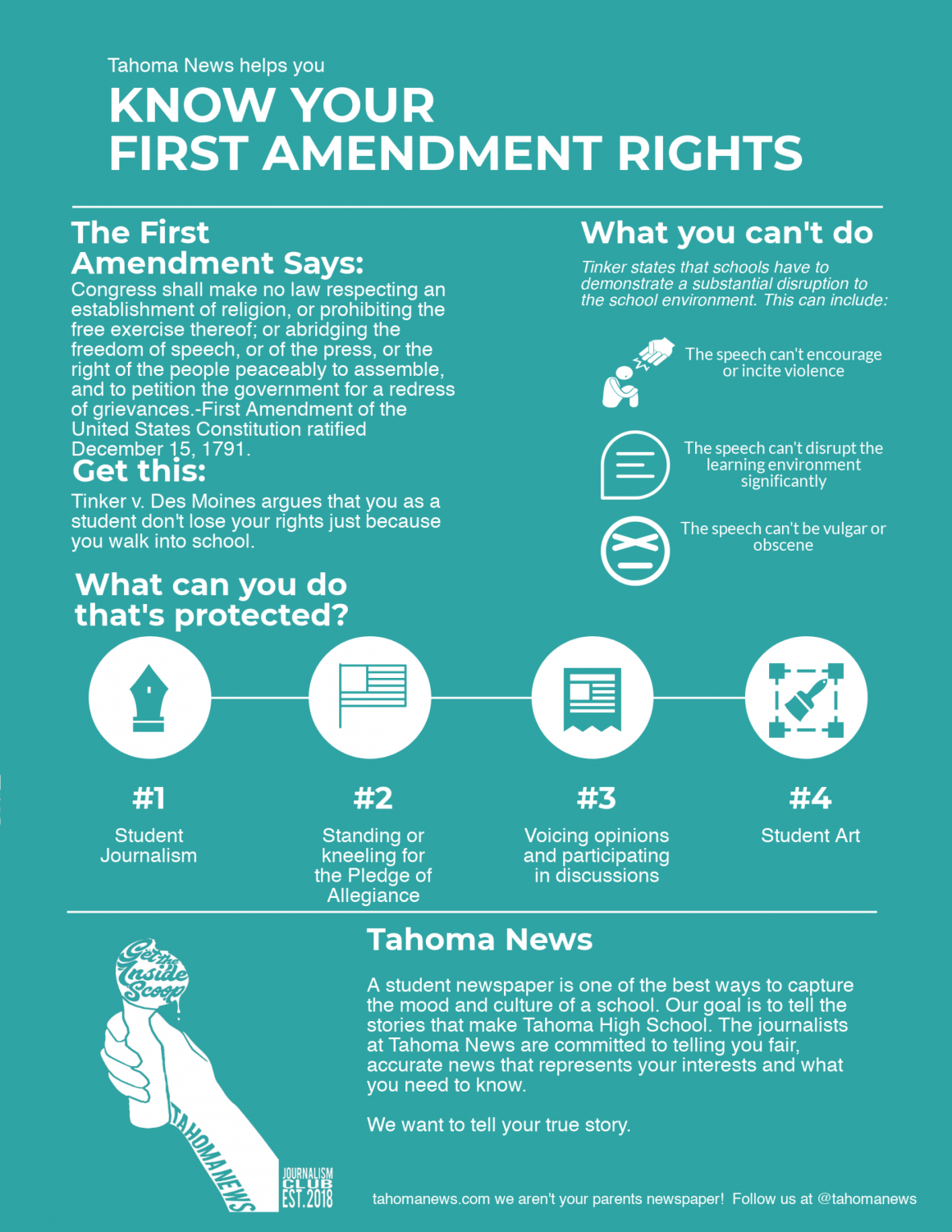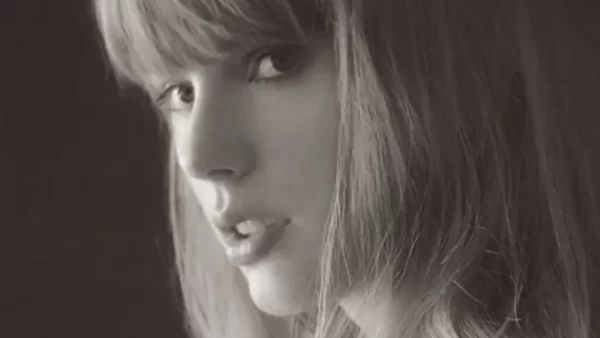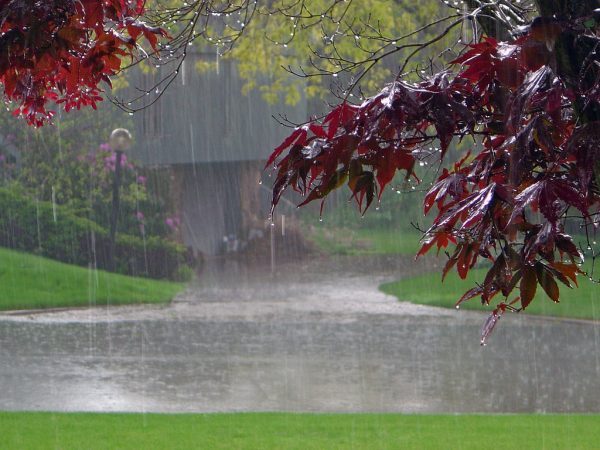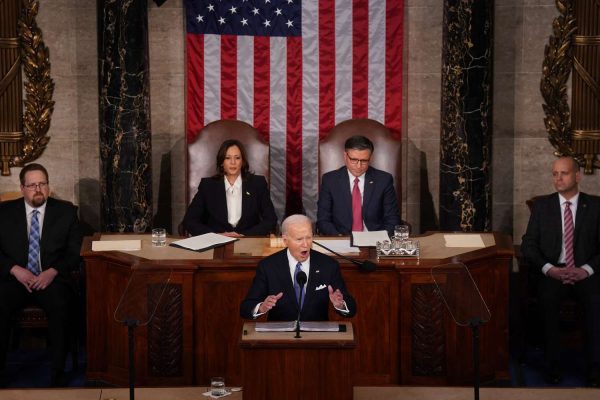Who Killed Journalism?
Are we students responsible for journalism’s demise?
February 28, 2019
Hashtags, trending posts and word of mouth. Notice anything missing? How about a newspaper. Teens and adults are frequently turning to social media, or worse just turning away, for their news.
Over the past few years, there has been a decline in student interest in journalism. Student newspapers used to be thriving publications full of staff members eager to catch the next big story. Protests, court cases and national headlines have been made by student papers. Nowadays, fifty years after the Tinker v. Des Moines decision, if schools even have journalism programs, they are filled with few students who are passionate about the field and many who were pushed into the class by their guidance counselors. Fewer and fewer students are interested in journalism, and those who have to fight their way to even get a chance at making it big, let alone earning a steady salary.
At Tahoma High School there are two journalism classes, both of which were resurrected last year after an 8-year hiatus. Tahoma students are growing up in a society where the news is considered ‘public enemy number one’; with large public figures using their power to bash journalists, it’s hard for the news to maintain its position as the main source of accurate information.
Tahoma High School Junior Amy Grinzel doesn’t find modern-day journalism to be a dependable source of information. “I don’t trust most of the news and think it’s important only if it’s right. People have lied so much on the news, that I just don’t watch or read it anymore…”
Building credibility is a widespread challenge for publications across the world, let alone student newspapers. Especially in this day and age, a few events can permanently make or break a reputation. With Tahoma News being fairly new, staff members are finding it hard to prove themselves to their readers. With the current publication being a little over a year old, students are already forming their opinions on Tahoma News.
Darla McGregor, a sophomore at THS finds it hard to see our school’s newspaper as trustworthy. In reference to Tahoma News she says, “…I feel like the people who interview only interview people they know. It’s not a wide representation of our school.”
With the term ‘fake news’ casually being thrown around, the phrase is taking a toll on publications that are new to the journalism scene. It seems as if many find the news to a be a joke, that hard-working journalists earn degrees to fabricate stories for public entertainment. Upcoming journalists want to be validated, but it takes a change of mind to see a difference. If those who read the newspaper took the time to study the work of journalists and see the fact-checking that goes behind a story, they would see that it’s difficult to put a false piece out into the world.
Perhaps more students would pay attention to the news if they believed it supplied information they could consider honest.
Student journalism is a vital piece of the school culture. It’s a way for students to be heard and impact their school. The first amendment guarantees the freedom of the press, by not publishing content for Tahoma News, students are forsaking a right and sacrificing their voices because they’d rather read it in a tweet.











